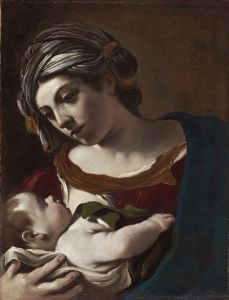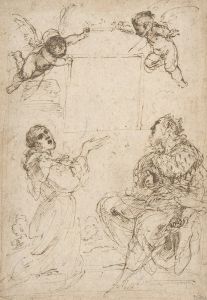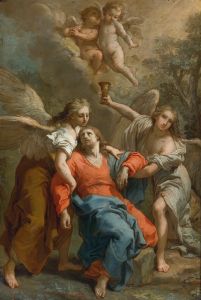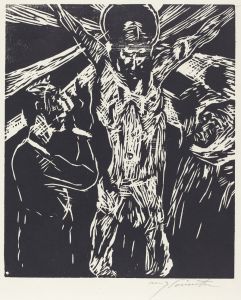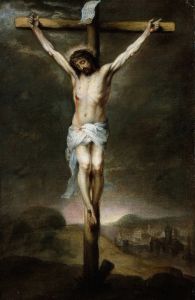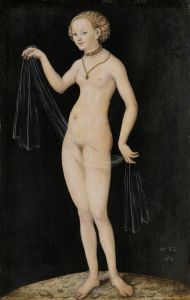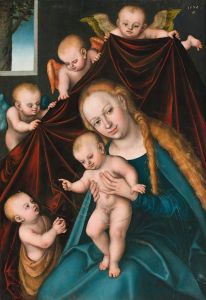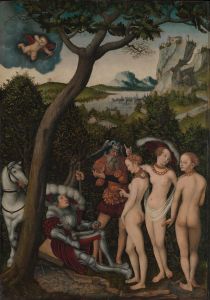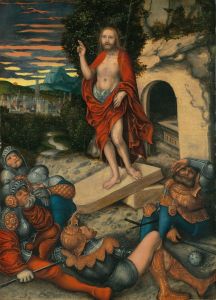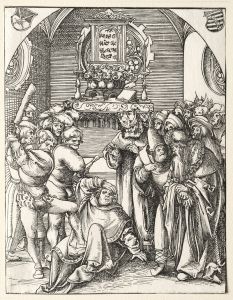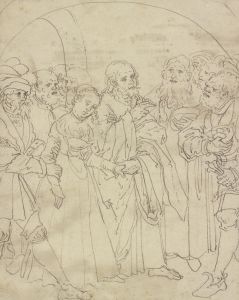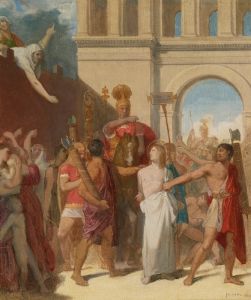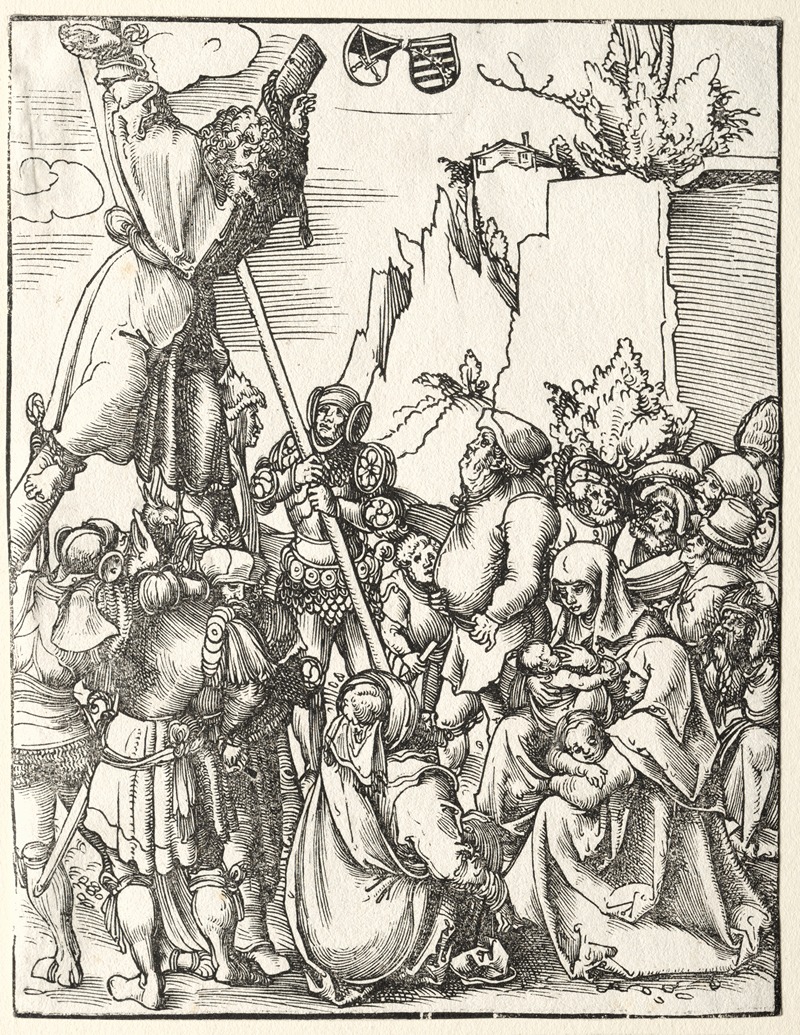
Martyrdom of St. Andrew
A hand-painted replica of Lucas Cranach the Elder’s masterpiece Martyrdom of St. Andrew, meticulously crafted by professional artists to capture the true essence of the original. Each piece is created with museum-quality canvas and rare mineral pigments, carefully painted by experienced artists with delicate brushstrokes and rich, layered colors to perfectly recreate the texture of the original artwork. Unlike machine-printed reproductions, this hand-painted version brings the painting to life, infused with the artist’s emotions and skill in every stroke. Whether for personal collection or home decoration, it instantly elevates the artistic atmosphere of any space.
The painting Martyrdom of St. Andrew by Lucas Cranach the Elder is a work attributed to the renowned German Renaissance artist Lucas Cranach the Elder (1472–1553). Cranach was a prominent painter and printmaker of the Northern Renaissance, known for his portraits, religious works, and mythological scenes. He served as the court painter to the Electors of Saxony and was a close associate of Martin Luther, often producing works that reflected the theological shifts of the Reformation.
The painting depicts the martyrdom of Saint Andrew, one of the twelve apostles of Jesus Christ. According to Christian tradition, Saint Andrew was crucified on an X-shaped cross, now commonly referred to as a "St. Andrew's Cross." This form of crucifixion is a central element in the iconography of Saint Andrew and is prominently featured in the composition of the painting.
In Martyrdom of St. Andrew, Cranach employs his characteristic style, which includes meticulous attention to detail, vibrant colors, and a balanced composition. The scene is likely set in an outdoor environment, as was typical for many of Cranach's religious works, and it captures the dramatic moment of Andrew's crucifixion. The figures in the painting are rendered with Cranach's distinctive elongated proportions and expressive gestures, which were hallmarks of his artistic approach.
Cranach's works often reflect a blend of Gothic and Renaissance influences, and this painting is no exception. The emotional intensity of the scene, combined with the detailed depiction of the figures and their surroundings, demonstrates Cranach's skill in conveying both narrative and spiritual themes. The painting also reflects the devotional and didactic purposes of religious art during the period, aiming to inspire piety and reflection among its viewers.
The exact date of the painting is not definitively known, but it is generally attributed to Cranach's mature period, when he was producing some of his most significant works. The painting is believed to have been created in the early to mid-16th century, a time when Cranach was deeply engaged in producing both Catholic and Protestant religious imagery.
As of now, the painting is housed in the Kunsthistorisches Museum in Vienna, Austria. It is part of the museum's extensive collection of European paintings and is recognized as an important example of Cranach's religious art. The work continues to be studied and appreciated for its artistic and historical significance within the context of the Northern Renaissance and the broader history of Christian art.





